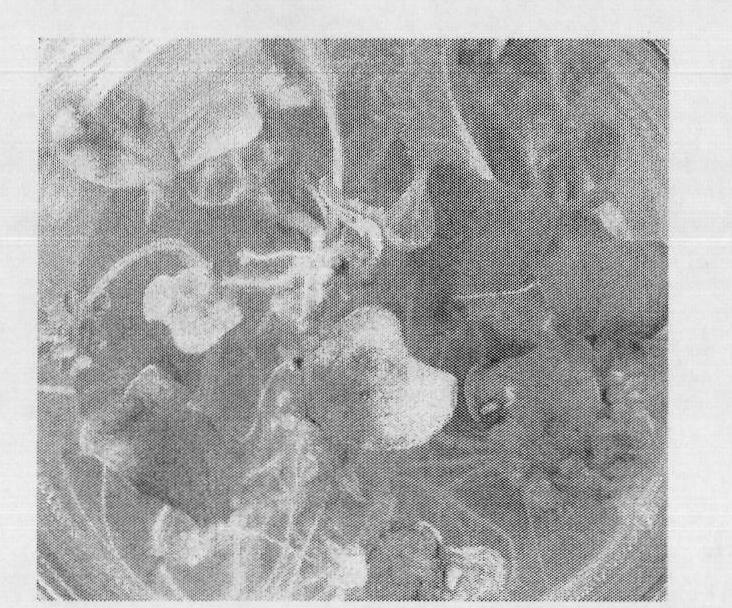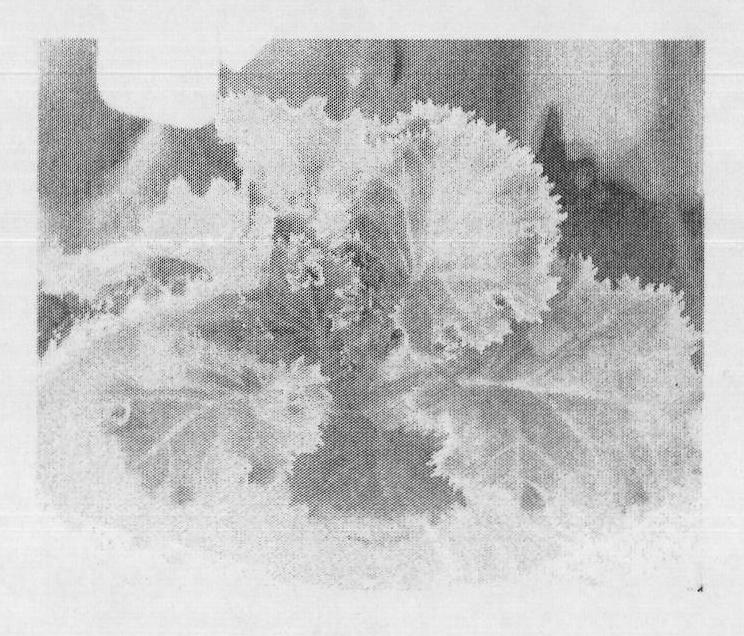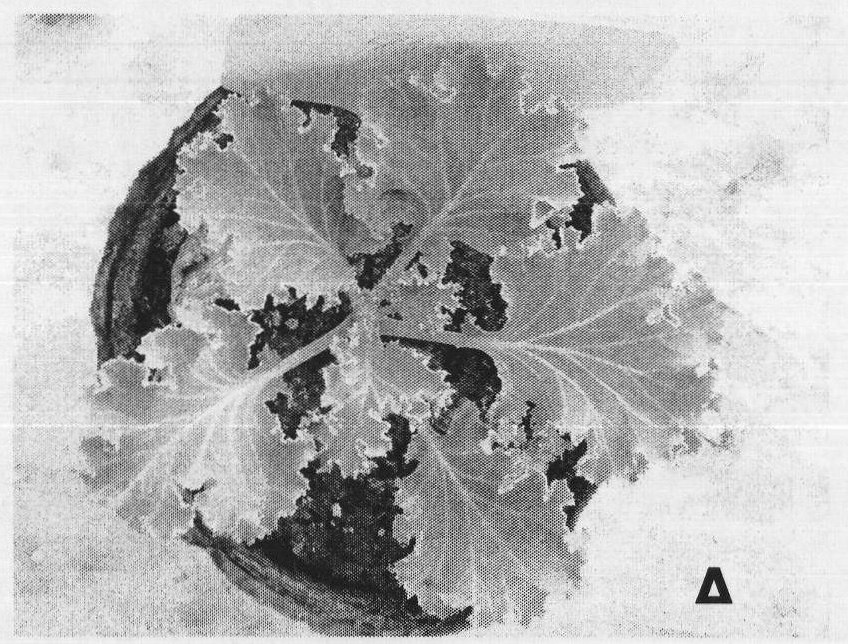Method for quickly culturing homozygous transgenic ornamental collard with insect resistance and herbicide resistance
A genetically modified, cabbage technology, applied in herbicides and algaecides, pesticides, gardening methods, etc.
- Summary
- Abstract
- Description
- Claims
- Application Information
AI Technical Summary
Problems solved by technology
Method used
Image
Examples
Embodiment 1
[0052] Embodiment 1, the method for cultivating recombinant ornamental kale
[0053] Experiment 1. Cultivation and identification of recombinant ornamental kale
[0054] (1) Cultivation of recombinant ornamental kale
[0055] In order to investigate whether the established in vitro culture system is effective, the control explants were set up with the same materials in the experiment, and the control explants were directly entered into the bud induction medium (Table 1) after pre-cultivation, without contact with Agrobacterium, and without screening culture (ie no steps 4, 5, 6).
[0056] 1. Obtaining sterile materials
[0057] Select seeds with plump grains, uniform size and no pests and diseases, disinfect with 75% alcohol for 30 seconds, rinse with sterile water for 3 times, disinfect with 3% sodium hypochlorite (V / V,) for 15 minutes (shake constantly, add a drop of Tween), rinse with sterile water 4 times, dry the water on the surface of the seeds with sterile filter pa...
Embodiment 2
[0209] Embodiment 2, transgenic regenerated strain obtains homozygous material rapidly by free microspore culture
[0210] In general, in the obtained transgenic plants, the exogenous gene is present in a heterozygous state. If the genetic background of the recipient material is also heterozygous, such as in cabbage crops, it usually takes 8-10 years to mature. In order to obtain completely homozygous material, it can be used for hybrid seed production. In this experiment, the haploid breeding method was adopted, combined with the characteristics of the transgenic material, to quickly breed homozygous transgenic material within 1-2 years.
[0211] Transgenic kale donor mother plants 173-2, 173-6, 173-7, 173-8, 173-9 with good insect resistance were planted in plastic greenhouses with insect-proof nets, and collected in early March to June The microspores are cultured in vitro by the method of the present invention, and homozygous transgenic plants can be obtained at one time....
PUM
| Property | Measurement | Unit |
|---|---|---|
| conversion efficiency | aaaaa | aaaaa |
Abstract
Description
Claims
Application Information
 Login to View More
Login to View More - R&D
- Intellectual Property
- Life Sciences
- Materials
- Tech Scout
- Unparalleled Data Quality
- Higher Quality Content
- 60% Fewer Hallucinations
Browse by: Latest US Patents, China's latest patents, Technical Efficacy Thesaurus, Application Domain, Technology Topic, Popular Technical Reports.
© 2025 PatSnap. All rights reserved.Legal|Privacy policy|Modern Slavery Act Transparency Statement|Sitemap|About US| Contact US: help@patsnap.com



